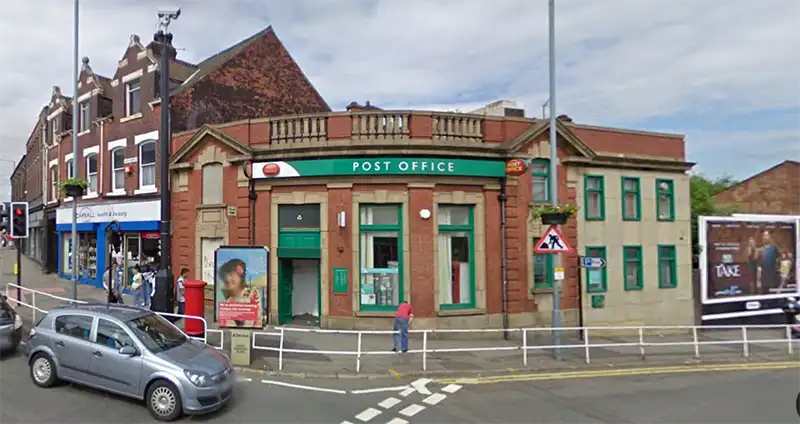Darnall, located in the eastern part of Sheffield within the S9 postcode area, is a suburb rich in industrial heritage and community landmarks. Its history is deeply intertwined with the development of railways, steelworks, and recreational spaces that have shaped the area’s character over the years.
Railway Heritage
The establishment of Darnall railway station in 1849 marked a significant milestone in the suburb’s connectivity. Built by the Manchester, Sheffield and Lincolnshire Railway, the station facilitated the movement of people and goods, bolstering Darnall’s industrial growth. The station was rebuilt in 1928, adopting an island platform design favoured by the Great Central Railway. Despite its early prominence, the station experienced a decline in passenger numbers. As of March 2020, it was noted as the least-used railway station in South Yorkshire.
Complementing the station was the Darnall engine shed, opened in 1943 by the London and North Eastern Railway. This facility served as a maintenance depot for locomotives in Sheffield. The shed featured a 10-track straight-through design with a large coaling plant and turntable. In 1958, a diesel depot was added to service new diesel multiple units. However, the engine shed ceased operations in 1965 following the opening of the Tinsley Marshalling Yard and its associated depot.
Industrial Landscape: Steelworks and Collieries
Darnall’s industrial landscape was significantly shaped by its steelworks and collieries. The Darnall Works, established in the 1830s, became a prominent steel foundry, contributing to Sheffield’s reputation as a steel-producing city. The site housed various furnaces and workshops, evolving to incorporate new technologies and expand its production capabilities. Although the works ceased operations in the late 20th century, many of its structures remain, with some designated as listed buildings due to their historical significance.
Adjacent to the steelworks were the Tinsley Park Collieries, a group of coal mines that played a crucial role in supplying fuel to the local industries. Initiated in 1819, these collieries expanded, with multiple shafts sunk to access various coal seams. The collieries were connected to the Sheffield Canal via a network of wagonways, facilitating the transportation of coal. Operations continued until the early 1940s, after which the area underwent redevelopment.
Recreational Spaces: High Hazels Park and Tinsley Park Golf Club
Amidst the industrial backdrop, Darnall also developed notable recreational spaces. High Hazels Park, encompassing 20 hectares, was established in the late 19th century. The park features High Hazels House, built in 1850 by William Jeffcock, the first Mayor of Sheffield. The estate was acquired by Sheffield City Council in 1894 and transformed into a public park, offering green space for the local community. Over the years, the park has seen various enhancements, including developing formal and sensory gardens, providing a serene environment amidst the urban setting.
Adjacent to the park is the Tinsley Park Golf Club, which has a rich history dating back to its establishment. The clubhouse is housed in High Hazels House, adding a historical charm to the golfing experience. The club offers a well-maintained course that caters to both amateur and seasoned golfers, contributing to the recreational offerings of the Darnall area.
Community and Demographics
Darnall has evolved into a diverse suburb with a rich cultural tapestry. The area has a significant immigrant community, including many Muslims, primarily of Pakistani and Bangladeshi origin. This diversity is reflected in the presence of several mosques and cultural centres that serve the local population. The varied landscape includes council housing, 19th-century steelworkers’ cottages, small terraced houses, and 1930s private semi-detached homes. Despite facing economic challenges following the decline of local industries, Darnall remains a vibrant community with a strong sense of identity.
Conclusion
Darnall’s history is a testament to the dynamic interplay between industrial development and community life. From its early days as a hub for steel production and coal mining to its current status as a diverse suburb with rich cultural and recreational offerings, Darnall reflects Sheffield’s evolution as a city. The preservation of historical sites alongside the development of community spaces underscores the area’s resilience and adaptability through changing times.
